Insula is the ancient name of the place and originates from the position at the confluence of two rivers, the Scrivia and the Vobbia. The town arose around a Benedictine monastery, founded in 1216 along the ancient Via Postumia and dedicated to Saint Michael the Archangel. From the Middle Ages it belonged to the marquises of Gavi and it was witness to the clashes between the Republic of Genoa and the diocese of Tortona for the dominion of the territory. Only in 1218 did negotiations begin between the two political parties, dividing the fiefdoms of the Scrivia valley in two. The section to the left of the Scrivia stream was attributed to the Genoese, with the exception of the Borgo di Serravalle, while the part to the right of the river was assigned to Tortona.
In 1235, it became a fiefdom of the Malaspina family and, from 1256, it passed to the Spinola family, forming part, until 1797, of the Imperial Feuds of the Scrivia Valley, suppressed by Napoleon Bonaparte. In 1797, it returned, with Rocchetta Ligure as its capital, within the Republic of Genoa. From 28th April 1799, with the new French regulations, it became the capital of the VII Canton and from 1803 the main centre of the VI Canton of the Western Ligurian Mountains of the jurisdiction of Lemmo.
In 1863, it took on its present name of Isola del Cantone.
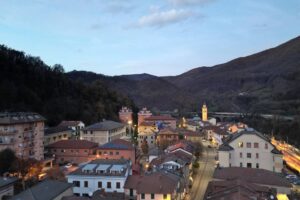
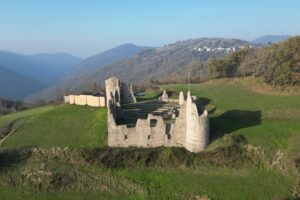
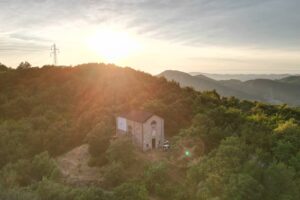
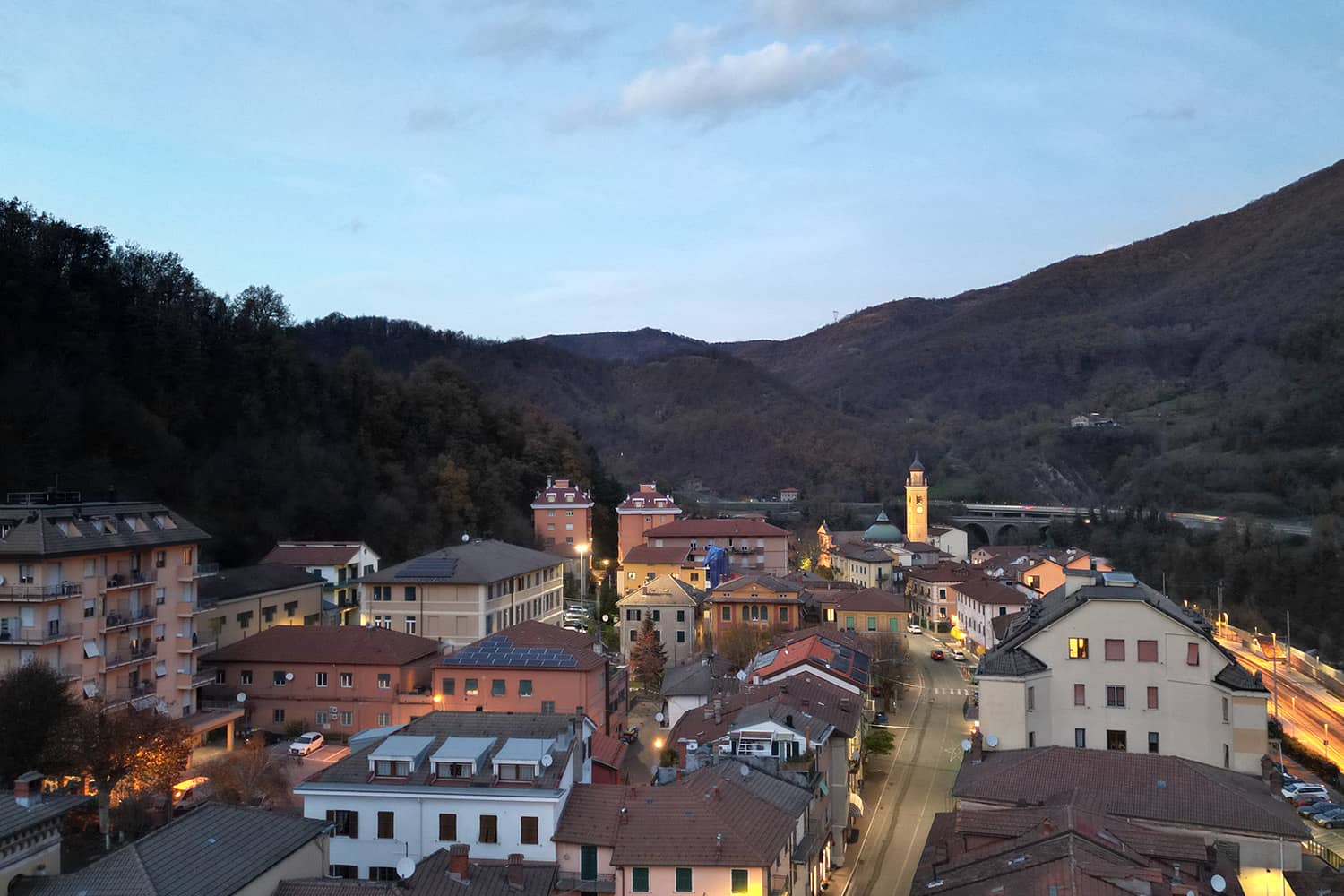
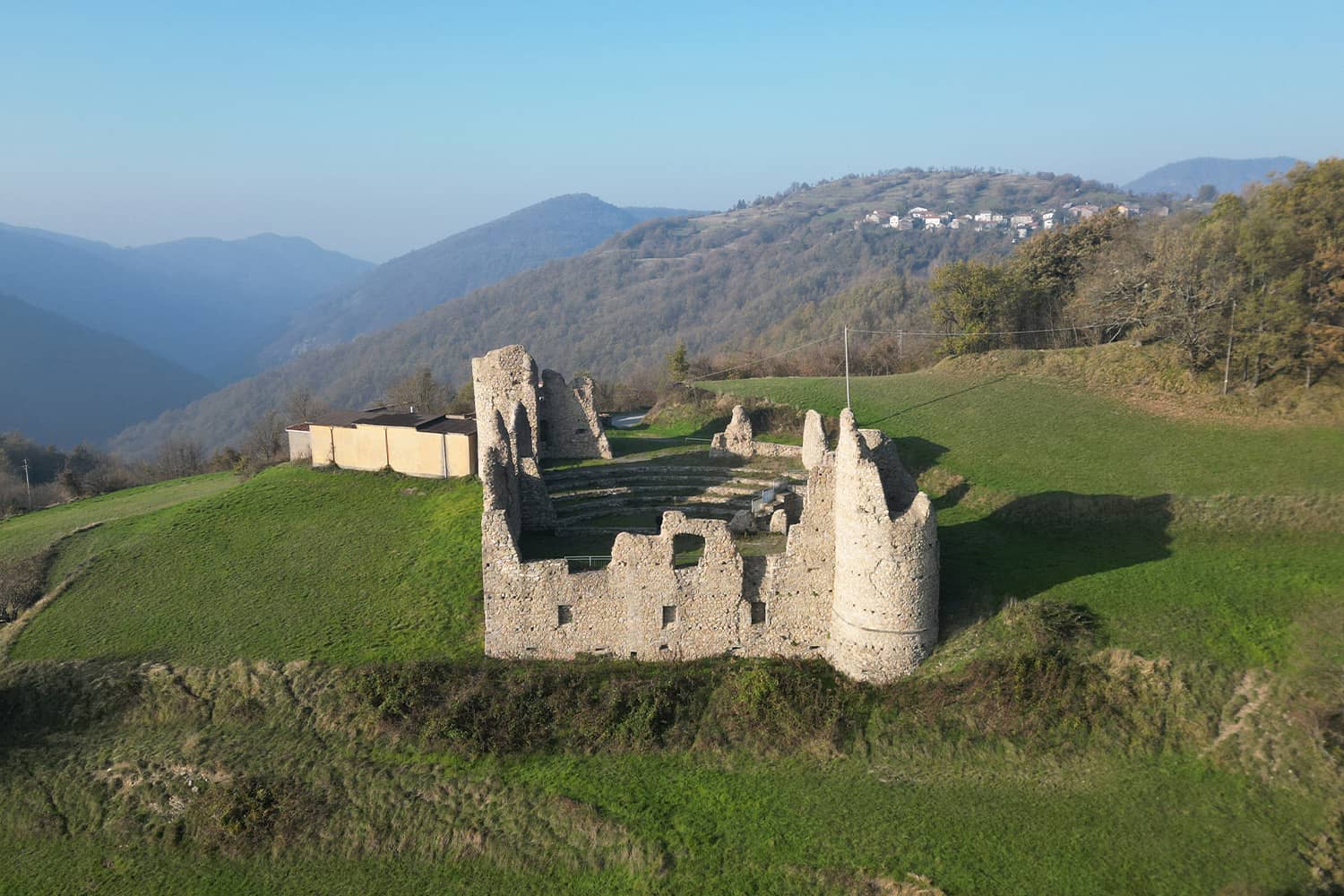
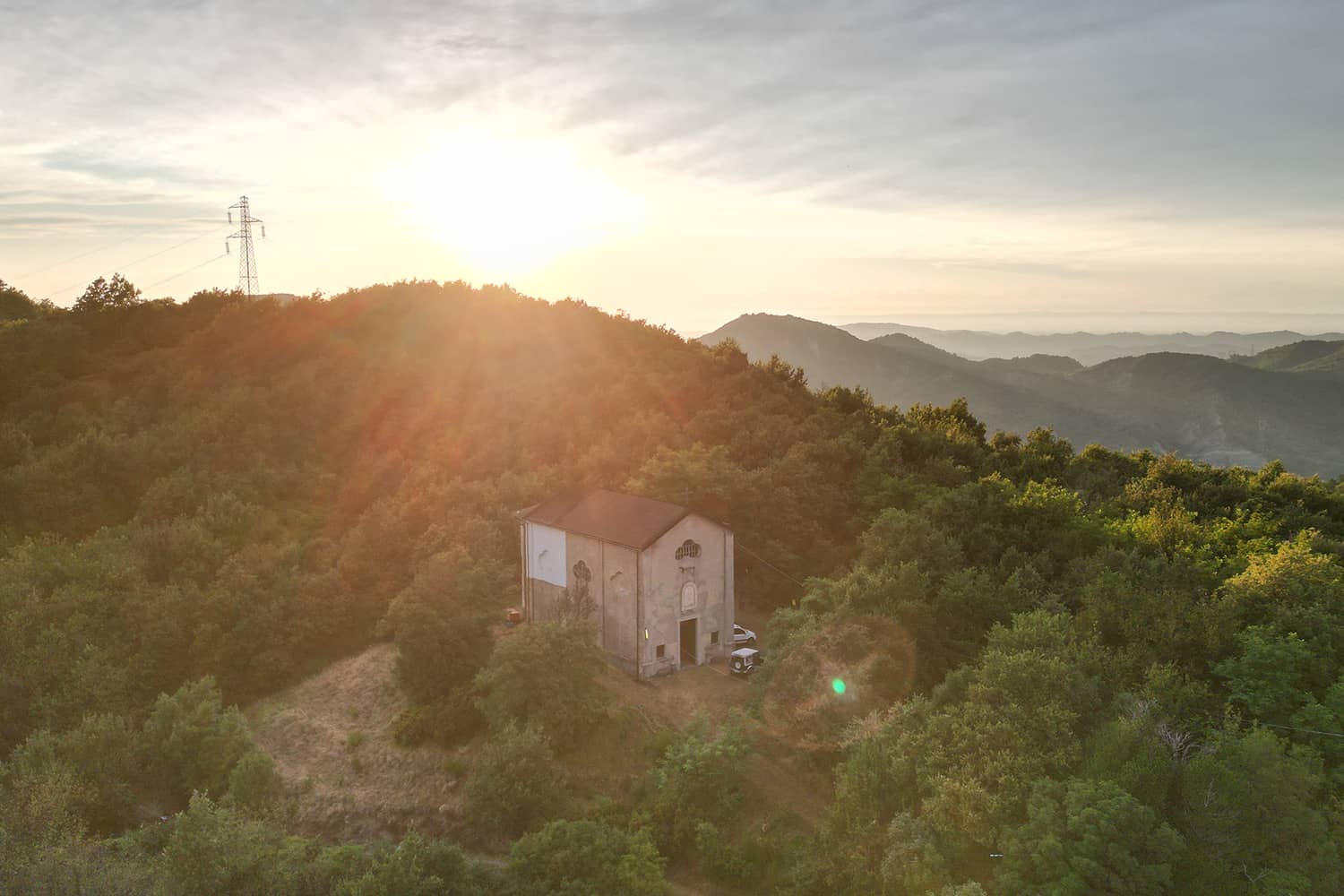
What to see in Isola del Cantone
- CHIESA DI SAN MICHELE ARCANGELO
- MUSEO ARCHEOLOGICO DELL’ALTA VALLE SCRIVIA
- CASTELLO SPINOLA MIGNACCO
- SANTUARIO DI NOSTRA SIGNORA DI TUSCIA
- ANTICO PONTE DI ZAN
The first parish building was founded by Benedictine monks between the 12th and 13th centuries. Anciently also known by the name of San Michele di Campo, it was part of the Diocese of Tortona. It was Pope Innocent III, in 1216, who established its belonging to the archdiocese of Genoa, however aggregating it to the Monastery of San Michele della Chiusa of the archdiocese of Turin. In 1310, it was annexed to the parish church of Santa Maria Assunta of Borgo Fornari, today’s hamlet of Ronco Scrivia. The choir was built in 1618 and, according to some documents, the relics of the saints Stephen and Innocent were housed inside the church, donated by the Marquis Gerolamo Spinola. In 1901, the building was adorned with new decorations by the Milanese painter Rodolfo Gambini and the two precious relics were transferred into a single gilded bronze reliquary. Inside the church there is a canvas depicting the Crucifixion of Jesus.
The palace was built in the 14th century as the centre of jurisdiction of the Spinola family. In 1628, a three-storey square-based loggia was added to slow the collapse of the structure towards the riverbed. With the end of the imperial fiefdoms, the palace lost its function and, in 1819, the last heirs of the Spinolas sold it to the Denegri and Zuccarino families. The Municipality acquired the southern portion and the loggia. Palazzo Spinola was then the subject to a long period of restoration which made it possible to make it home to the Archaeological Museum of the Alta Valle Scrivia. The Museum hosts a survey of the population of the Upper Scrivia Valley by means of the archaeological finds recovered over the years in the territory which, since pre-history, has represented one of the main lines of contact between the populations settled along the Ligurian coast and those of the Oltregiogo area. The valley has also been the subject of archaeological investigations and studies which have demonstrated its vitality even in more ancient times. There are archaeological finds spanning from the Neolithic to 1500, found in the area and accompanied by educational cards. The other locations of the museum are in Valbrevenna, in the locality of Senarega, in Vobbia, at the Castello della Pietra, in Montoggio at the Castello dei Fieschi and in Ronco Scrivia at the Castle of Borgo Fornari.
According to historical sources, the construction of the castle took place in the period following the acquisition of the fiefdom by the Spinolas, in 1256. The probable dating could be attested to the second half of the 13th century. The fortress overlooks the right bank of the Scrivia stream, near the confluence of the watercourse with the Vobbia. It originally had a square shape, with towers at the corners of the walls and a large internal courtyard. Over the following centuries it underwent numerous expansions and revisions, among these the construction, in 1628, of the quadrangular-based loggia and the addition of three other floors to the main body which altered the primitive medieval layout, with the only exception in the tower overlooking the torrent. In the area, in addition to the Spinola Mignacco Castle, there are several castles built by the Spinola family: the Spinola di Cantone castle which was built in the 14th century and today almost completely incorporated into the adjacent buildings. A further defensive construction was built between the 11th and 12th centuries in the Montessoro hamlet, Bric Castellazzo, the structure of which consisted of two towers which are still partly visible today.
The Sanctuary is located along the road connecting the hamlet of Monterosso with Vobbietta, near the bed of the Vobbia stream. According to religious tradition, a first cult of the Madonna of Tuscia began in 1610, when a local farmer, Giovanni Battista Mutto, built an aedicule for the deposition and adoration of a statuette of the Madonna della Misericordia. The religious devotion towards the Madonna del Tuscia attributes to her the protection of the town against the cholera epidemic of 1835. Popular legend tells that, since no authorization had been asked from Baron Spinola for the construction of the church, he went to demolish the votive pylon, but a dangerous fall from his horse into the bed of the Tuscia stream, from which he was miraculously saved, prevented him from demolishing it. The seventeenth-century chapel was enlarged in 1843 and a building with a single nave and an adjacent “onion” bell tower was created. Inside the church the image of Our Lady of Tuscia (Santa Maria Bambina) is kept, while the seventeenth-century statuette is positioned in a niche on the external facade of the building.
Along the road that connects the municipalities of Isola del Cantone and Vobbia, just before reaching the hamlet of Vobbietta, there is an ancient bridge, called “di Zan”. A local legend tells that this road was built by the Devil himself in exchange for the first soul who crossed it. When the villager Zan (diminutive of Zane, Giovanni, in Genoese dialect) arrived, he tricked the devil by rolling a little cheese onto the bridge and then sending his dog to catch it. Leaving aside the legend, it can be said that the bridge could have been built by Zan, Giovanni Malaspina, son of Opizzone della Pietra, lord of the Castle of Vobbia. Two woodland paths run from the bridge: the “Sentiero dei sette seccherecci” (stone rooms for drying chestnuts) and the “Path of the hanging water”.


